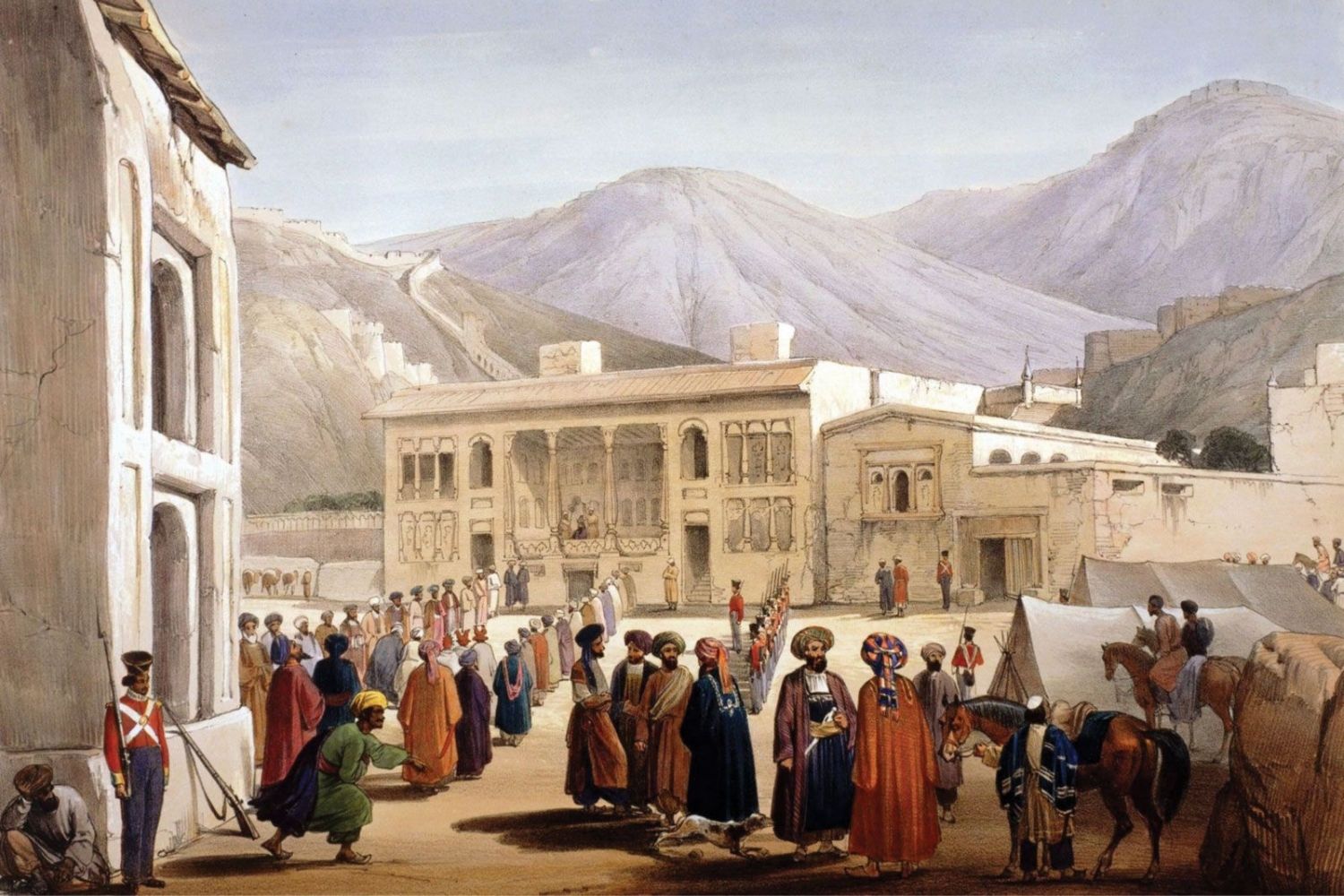
The Afghan Tribal Revolts of 1938 were a series of uprisings that shook Afghanistan's political landscape. These revolts were driven by deep-rooted tribal discontent and a desire for autonomy. King Zahir Shah's government faced significant challenges in quelling these rebellions, which were marked by fierce battles and strategic maneuvers. The revolts highlighted the complex relationship between the central government and the tribal regions, showcasing the resilience and determination of the tribal leaders. Understanding these revolts provides insight into Afghanistan's turbulent history and the ongoing struggle for power and control within the country. Here are 30 facts that shed light on this pivotal period in Afghan history.
Key Takeaways:
- The Afghan Tribal Revolts of 1938 were driven by tribal grievances, economic hardships, and resistance to modernization. They highlighted the challenges of governing a diverse and mountainous country like Afghanistan.
- The revolts had a profound impact on Afghan society, leading to deep-seated divisions, economic hardships, and a legacy of distrust between the central government and tribal regions.
Background of the Afghan Tribal Revolts of 1938
The Afghan Tribal Revolts of 1938 were a series of uprisings against the central government of Afghanistan. These revolts were driven by various factors, including political, social, and economic grievances. Understanding these revolts provides insight into Afghanistan's complex history.
- The revolts were primarily led by Pashtun tribes, who felt marginalized by the central government.
- King Zahir Shah was the ruler of Afghanistan during this period.
- The revolts were partly a reaction to the government's modernization efforts, which many tribes saw as a threat to their traditional way of life.
- Economic hardships, including drought and famine, exacerbated the tensions.
- The central government struggled to maintain control over the remote and rugged tribal areas.
- British influence in the region also played a role, as some tribes were supported by British agents.
Key Events During the Revolts
Several significant events marked the course of the Afghan Tribal Revolts of 1938. These events highlight the intensity and complexity of the conflict.
- The first major uprising occurred in the Khost region, where tribesmen attacked government forces.
- Government forces responded with a military campaign to suppress the revolt.
- The conflict spread to other regions, including Paktia and Nangarhar.
- Tribal leaders used guerrilla tactics, making it difficult for government forces to achieve a decisive victory.
- The central government employed both military and diplomatic efforts to quell the revolts.
- Some tribal leaders were co-opted with promises of autonomy and economic aid.
Impact on Afghan Society
The revolts had a profound impact on Afghan society, influencing the country's political and social landscape for years to come.
- The revolts highlighted the deep-seated divisions between the central government and the tribal regions.
- Many tribesmen were killed or displaced during the conflict.
- The revolts strained the government's resources and weakened its authority.
- The conflict disrupted trade and agriculture, leading to economic hardships for many Afghans.
- The revolts fostered a sense of unity among some tribes, who saw themselves as defenders of traditional Afghan values.
- The government's response to the revolts included efforts to modernize the military and improve infrastructure in tribal areas.
International Reactions
The Afghan Tribal Revolts of 1938 did not go unnoticed by the international community. Various countries had their own interests and reactions to the conflict.
- The British government closely monitored the situation, concerned about the stability of the region.
- The Soviet Union also kept an eye on the revolts, as Afghanistan was a neighboring country.
- Some international observers saw the revolts as a struggle between tradition and modernity.
- The conflict drew attention to the challenges of governing a diverse and mountainous country like Afghanistan.
- International aid organizations provided some assistance to those affected by the conflict.
- The revolts were reported in newspapers around the world, bringing global attention to Afghanistan's internal struggles.
Long-term Consequences
The Afghan Tribal Revolts of 1938 had long-term consequences that shaped the country's future in various ways.
- The revolts contributed to a legacy of distrust between the central government and tribal regions.
- The conflict influenced future Afghan leaders, who had to navigate the delicate balance between modernization and tradition.
- The revolts served as a reminder of the importance of addressing local grievances to maintain national stability.
- The memory of the revolts continued to influence Afghan politics and society for decades.
- The revolts highlighted the need for effective governance and infrastructure development in remote areas.
- The lessons learned from the revolts informed future military and diplomatic strategies in Afghanistan.
Final Thoughts on Afghan Tribal Revolts of 1938
The Afghan Tribal Revolts of 1938 were a pivotal moment in Afghanistan's history. These uprisings showcased the resilience and determination of the tribal communities against external pressures. The revolts were driven by a mix of political, social, and economic factors, highlighting the complex nature of Afghan society. Understanding these events provides valuable insights into the country's ongoing struggles and the importance of respecting tribal dynamics. The revolts also underscore the need for inclusive governance that considers the voices of all communities. As we reflect on these historical events, it's clear that the lessons learned from the 1938 revolts remain relevant today. They remind us of the enduring spirit of the Afghan people and the importance of unity in the face of adversity.
Frequently Asked Questions
Was this page helpful?
Our commitment to delivering trustworthy and engaging content is at the heart of what we do. Each fact on our site is contributed by real users like you, bringing a wealth of diverse insights and information. To ensure the highest standards of accuracy and reliability, our dedicated editors meticulously review each submission. This process guarantees that the facts we share are not only fascinating but also credible. Trust in our commitment to quality and authenticity as you explore and learn with us.
